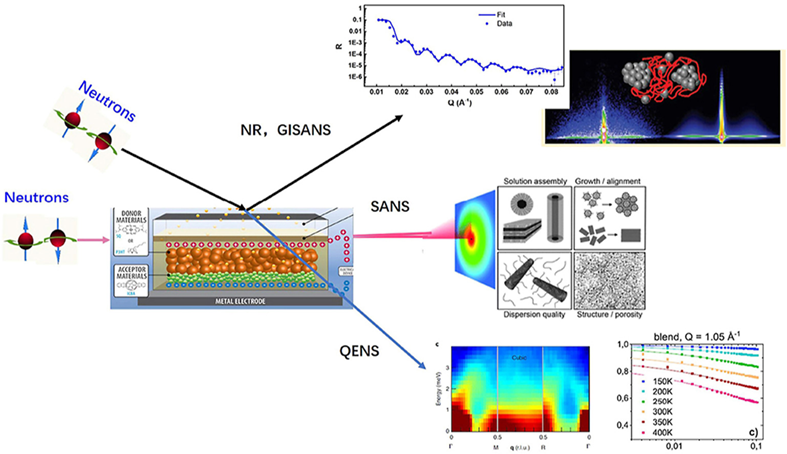
Cover Picture
Structural insights into lithium-deficient type Li-rich layered oxide for high-performance cathode
Dongyu He, Wenxin Tong, Jia Zhang, Zhongyuan Huang, Ziwei Chen, Maolin Yang, Rui Wang, Wenguang Zhao, Zhewen Ma*, Yinguo Xiao* Submit a Manuscript
Structural insights into lithium-deficient type Li-rich layered oxide for high-performance cathode
Dongyu He, Wenxin Tong, Jia Zhang, Zhongyuan Huang, Ziwei Chen, Maolin Yang, Rui Wang, Wenguang Zhao, Zhewen Ma*, Yinguo Xiao* Submit a Manuscript
Application of neutron scattering in organic photovoltaic materials
Li-Ming Wang, Lei Cao, Wen-Hai Ji, Rong Du, Ming Tang, Sheng-Lan Chen, Li-Li Yan, Yinguo Xiao*, Jun-Rong Zhang*
Chin. J. Struct. Chem., 2023, 42: 100023. DOI: 10.1016/j.cjsc.2023.100023
May 15, 2023
Neutron scattering techniques; Organic photovoltaic materials; Static morphology; Dynamic structures
ABSTRACT
Over last decades, the development of new organic materials has contributed to the rapid increase of high-power conversion efficiency of photovoltaic cells. At this stage, to understand the structure and the dynamic of materials is of significant importance for designing novel low-cost photovoltaic cells with superior performance. Neutron scattering is a powerful tool to provide unique and non-destructive information for the organic photovoltaic materials with particular advantages of addressing different parts of organic system by deuterium or tritium substitution. In addition, by employing several neutron scattering methods together, it is possible to further access the static structure and dynamic relaxation of the materials. With this perspective review, we introduce three neutron scattering techniques, including neutron reflectivity, small angle neutron scattering, grazing incidence small angle neutron scattering and quasi-elastic neutron scattering, and their applications on the organic photovoltaic materials.







